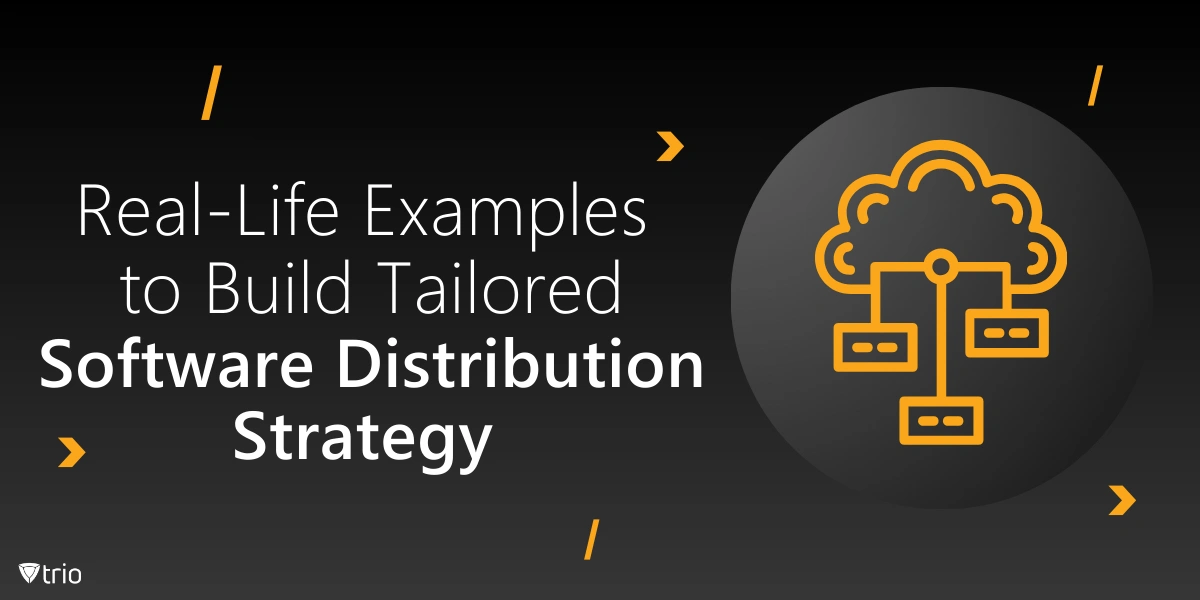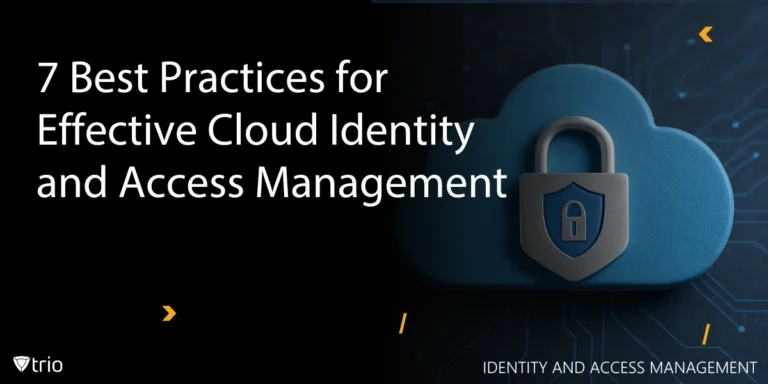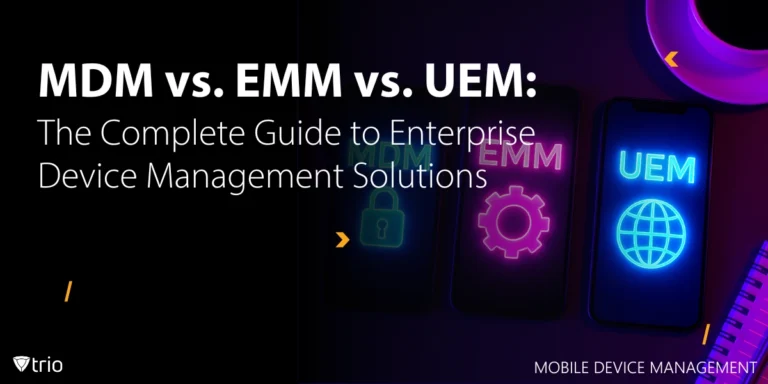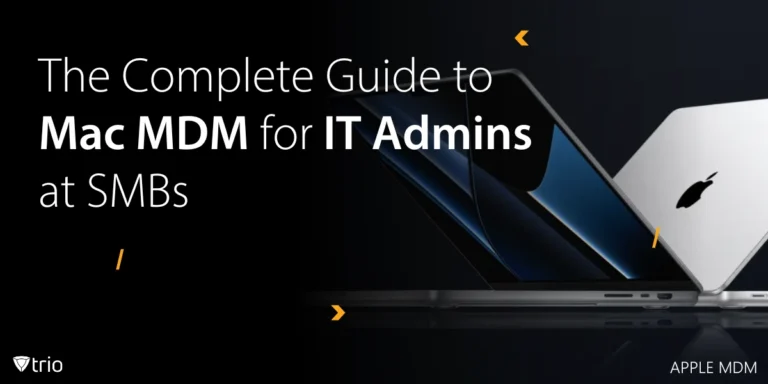Building an effective software distribution strategy is crucial for any organization seeking to ensure its software reaches the intended users efficiently and effectively. With the rise of digital distribution and diverse user needs, a tailored approach is necessary.
The decision between in-house development and outsourcing for custom software applications hinges on multiple factors, including control, expertise, cost and alignment with organizational objectives.
Each approach presents unique advantages and challenges that must be evaluated in the context of the organization's specific circumstances and long-term vision.
Therefore, a balanced assessment is essential to determine the most suitable path for software development in any given organizational environment.
What is meant by software distribution?
It is the process of delivering software applications, updates, or patches from developers or vendors to end users, businesses, or organizations. It involves packaging, managing licenses and delivering the software through various channels to ensure it reaches the intended audience.
The suppliers can be categorized depending on the classification of products:
- Traditional software distributors: Act as intermediaries between manufacturers and consumers, managing inventory and logistics.
- SaaS distributors: Focus on cloud-based software services, offering subscription-based models.
- Software wholesalers: Provide bulk software purchases, serving retailers or smaller distributors with cost-effective solutions.
- IT distributors: Offer a broad range of IT products, including hardware and software, with additional support services.
- Value-added distributors: Enhance software by offering extra services and specialized expertise.
- Manufacturer direct distributors: Streamline the supply chain by connecting manufacturers directly with the market.
- Independent software dealers: Focus on niche markets, providing specialized software solutions.
The following examples illustrate successful strategies that can inspire businesses to develop their own distribution frameworks.
Adobe Creative Cloud (SaaS model)
- Strategy: Adobe shifted from traditional boxed software sales to a cloud-based subscription model with Creative Cloud.
- Subscription-based model: Users subscribe and pay monthly or annually to access Adobe’s software suite.
- Cloud Distribution: Software is downloaded and updated from the cloud, ensuring users always have the latest version.
- Cross-platform access: Users can access their subscriptions across multiple devices.
Microsoft Windows Update (Automatic Updates)
- Strategy: Microsoft’s Windows Update system automatically distributes critical security patches, updates and feature enhancements to all users.
- Automated patch management: Ensures users stay up to date with minimal manual intervention.
- Version control: Different versions of Windows receive updates tailored to their needs.
- User control: While updates are automated, users can schedule them to avoid disruption.
Steam (Digital Distribution for Games)
- Strategy: Steam distributes games digitally, allowing users to purchase, download, and play games directly from their platform.
- Digital marketplace: A centralized platform for purchasing and downloading games.
- Frequent sales & promotions: Steam encourages purchases through seasonal sales, discounts, and promotions.
- Community engagement: Users can join forums, share mods and interact with developers.
Apple App Store (Mobile Software Distribution)
- Strategy: The Apple App Store provides a platform for developers to distribute mobile apps globally, via iOS devices.
- Approval process: Ensures high-quality apps and security.
- Revenue sharing: Apple takes a percentage of app sales and in-app purchases, incentivizing developers to create valuable apps.
- In-app purchases & subscriptions: Allows for monetization beyond the initial sale.
GitHub (Open-source and Developer Communities)
- Strategy: GitHub is a platform for developers to host, share and collaborate on software projects, with both public and private repositories.
- Open-source collaboration: Developers can contribute to or fork open-source projects, which speed up innovation.
- Version control: GitHub tracks changes and allows developers to roll back to previous versions if needed.
- Community engagement: It fosters a developer community that contributes to projects and documentation.
Salesforce (Enterprise SaaS Distribution)
- Strategy: Salesforce uses a direct sales model, combined with a cloud-based delivery platform, to offer CRM solutions for businesses.
- Customizable solutions: Clients can customize Salesforce to fit their specific business needs.
- Partner ecosystem: Salesforce allows third-party developers to create apps that integrate with its platform.
- Direct sales team: For enterprise clients, a dedicated sales team works with businesses to tailor solutions.
Zoom (Freemium Model)
- Strategy: Zoom employs a freemium model, where users can access basic features for free and pay for premium features.
- Freemium to paid conversion: Free users are limited by time and features, incentivizing upgrades to paid versions.
- Scalability: As companies grow, Zoom offers tiered pricing that scales with the size of the business.
- Cross-platform accessibility: Zoom works across devices, making it accessible to all users.
AWS Marketplace (Cloud Software Marketplace)
- Strategy: AWS provides a marketplace where third-party software vendors can sell cloud-based solutions that integrate with AWS infrastructure.
- Integration with cloud infrastructure: Software solutions integrate directly with AWS services, making them attractive to AWS users.
- Subscription and pay-as-you-go pricing: Flexible pricing models cater to a wide range of business needs.
- Security and compliance: AWS ensures software in its marketplace meets security and compliance standards.

Considering these actual cases, it's evident that aligning software distribution strategies with global trends, customer preferences, and a company's capabilities is of utmost importance.
By leveraging the best practices of leading tech giants, organizations can shape an effective distribution strategy that not only communicates the right message to customers but also fosters the right partnerships and enhances competitiveness in the marketplace. Furthermore, having a well-defined strategy to deploy an application efficiently ensures that the software reaches the target audience seamlessly, supporting business goals and customer satisfaction.
How Trio Can Help With Software Distribution
The software must be designed with the user in mind, and it must include update mechanisms, analytics, reporting, and mobile device management. Choosing the right application distribution process is indeed a critical consideration for developers and companies.
Evaluating various factors entails ensuring that the chosen application distribution model corresponds to the audience, licensing security, and platform; it should also fit the needs of small or midsize firms.
The trio can optimize the software's capacity to boost efficiency and production. Schedule a free demo today to find out how Trio can help you.
Trio Business offers a comprehensive MDM solution for SMBs, simplifying device deployment, security, and monitoring. With features such as remote device lock and automated patch management, it focuses on enhancing productivity while ensuring security compliance.
Get Ahead of the Curve
Every organization today needs a solution to automate time-consuming tasks and strengthen security.
Without the right tools, manual processes drain resources and leave gaps in protection. Trio MDM is designed to solve this problem, automating key tasks, boosting security, and ensuring compliance with ease.
Don't let inefficiencies hold you back. Learn how Trio MDM can revolutionize your IT operations or request a free trial today!





